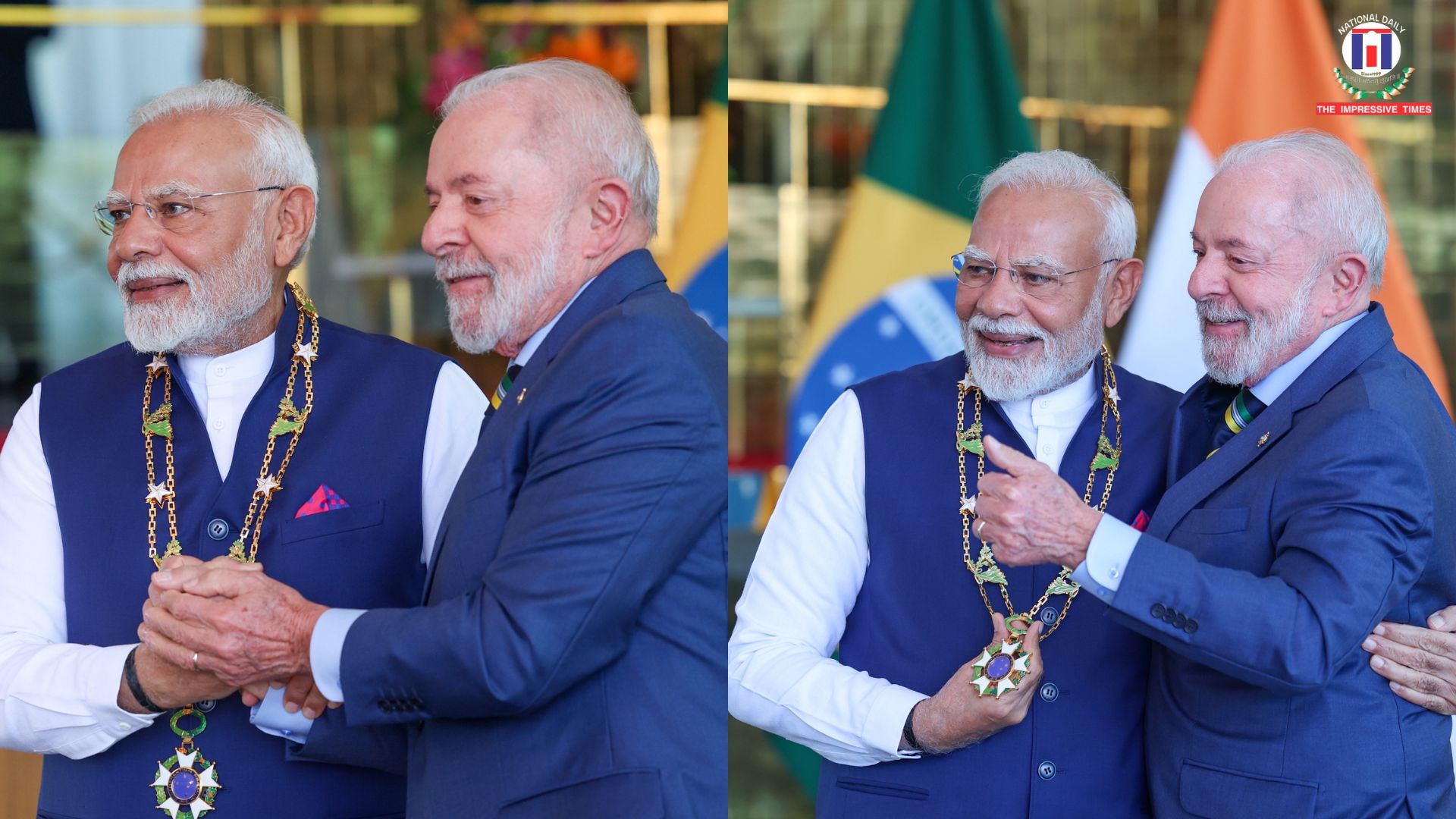In early July Prime Minister Narendra Modi concluded a
five-nation visit. During this marathon tour, Modi visited Ghana, Trinidad and
Tobago, Argentina, Brazil and Namibia. Not only was this visit important from
the perspective of outreach to the Global South, the choice of countries
indicates effort on the part of the Indian government to increase engagements
with the countries with which India has had scarce interaction.
This article focuses on Modi’s visit to Argentina and
Brazil and how this diplomatic engagement is an important step forward in
India’s relations with Latin America.
India’s ties with the Latin American countries have
commonly been defined by tyranny of geography, implying the long distance
between the two has been the principal cause of the under-developed relations. Even
as the India-Latin America ties continue to be in emerging stage, the current
trip by Modi underscored a continuity and an advance in the relations.
The continuity factor was that despite limited
contacts, India and the Latin American countries engage regularly through
multilateral platforms like the BRICS and the G20. Modi’s visit to Brazil in
July carried forward this phenomenon in the India-Latin America ties. This was
Modi’s fourth visit to Brazil since taking office as prime minister in 2014.
Previously Modi had visited Brazil in 2014, 2019 (for BRICS Summit) and in 2024
(for G20 Summit). The recent visit was too for participating in the 17th
BRICS Summit. But Modi also chose to conclude a bilateral visit following the
summit. Similarly Modi had previously visited Argentina in 2018 for G20 Summit.
Outside of the BRICS and G20 India has a long standing
Preferential Trade Agreement (PTA) with MERCOSUR (Mercado Común del Sur –
Southern Common Market), a trade bloc of South American countries of which
Argentina and Brazil are members. India’s PTA with the MERCOSUR came into
effect in 2009. India recently concluded a Free Trade Agreement (FTA) with the
United Kingdom and the discussions on a similar trade deal are in progress with
the United States and the European Union. India would also like to consider an
FTA with MERCOSUR for greater economic cooperation with the Latin American
countries.
However for a stronger development of bilateral ties,
regular high-level engagements between Heads of State or Heads of Government
are necessary. The recent visit by the prime minister to Argentina and Brazil seemed
to emphasize on this factor as well. By travelling to Argentina, Modi became
the first Indian prime minister to visit the Latin American country on a
bilateral visit in 57 years. Modi’s visit to Brazil was also the first
bilateral visit by an Indian Prime Minister in again 57 years.
Argentina and Brazil are among the economic
powerhouses of Latin America. These two countries are among the six largest
markets in the region with Argentina leading in agriculture, food processing
and automotive sector while Brazil dominating in agriculture, manufacturing and
mining.
Argentina and Brazil share India’s vision and
strategies on multiple aspects. Both the Latin American countries have tries to
steer clear of the Russia-Ukraine conflict and have avoided a knee-jerk
reaction to the crisis. Buenos Aires and Rio de Janeiro, like New Delhi, have
resisted the West’s insistence on isolating Russia. Instead, just as India has
maintained cordial ties with Russia; Argentina and Brazil too have continued
with their engagements with Russia. The only difference is that the two Latin
American economies have diversified their energy purchases by reducing
dependence on Russia. Buenos Aires and Rio have now increased engagements with
the Middle Eastern countries for energy supplies.
While fossil fuels still playing an important role in
the economic activities, Argentina and Brazil are simultaneously working
towards green transition. This is another shared strategy with India. The two
South American nations’ plan to transition to green energy is backed by the
abundance of natural resources that they hold. Argentina and Brazil hold large
deposits of lithium and nickel and other rare earth elements that are critical
to electrification of vehicles. In addition to rare earth elements, Argentina
also has large reserves of shale gas which offers opportunities in the
production of liquefied natural gas and hydrogen. For its part, Brazil is a
leading country in wind and solar energy as well as green hydrogen.
For India, which is a leading voice at global level in
the area of climate change and renewable energy, Argentina and Brazil, with
their drive towards renewable energy and shift of electrification of
transportation, are worthy partners. Being a strong advocate of Paris Climate
Accord, for New Delhi, closer engagements in the area of renewable energy are
most promising with Buenos Aires and Rio.
Prime Minister Modi’s visit to the Latin American
countries promises a more focused approach from India towards a region which
offers diverse opportunities in trade, agriculture, technology and climate
change.



